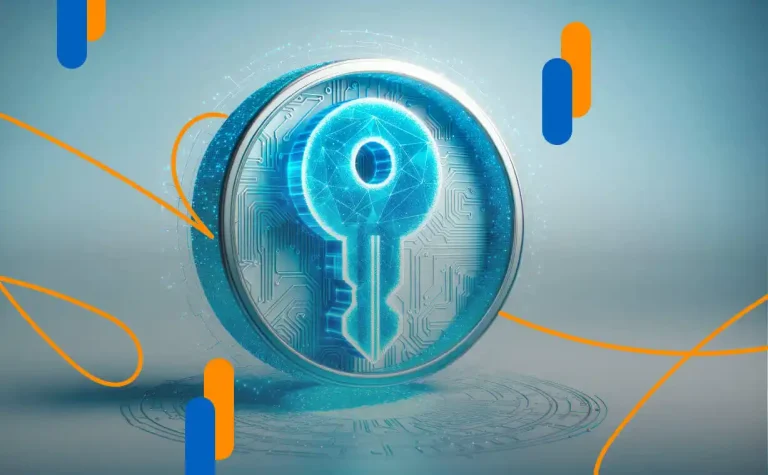The engineering sector in general, and the telecommunications sector in particular, has been in constant transformation since its beginnings. Long gone are the days when this industry was reduced to a voice transmission between two points. Today, we are talking about a network that connects millions of devices across the globe and is a determining factor in driving the global economy and defining social interactions.
However, although the sector may appear to be one of the most digital, it needs to transform itself digitally. Today’s market demands other types of services, more digital, more scalable and more efficient.
Innovation to meet the digital demand of the telecommunications sector
The innovative nature of companies in the sector has led them to transform themselves digitally from the very beginning. From combining services and networks, to adopting emerging technologies, providing coverage and competing in different networks or expanding the offer. This evolution has been made possible by listening to the growing digital demand of users and corporate customers.
While this need for change is due to a modification in consumer habits, we cannot forget that it is also linked to the digital transformation that is shaking the entire labor landscape. In this, technological evolution, a consequence, in part, of the arrival of 3G, 4G and 5G mobile technologies, has had a lot to do with it. Each generation has brought new opportunities and capabilities, giving rise to functionalities and utilities that seem fundamental to us today.
To keep up with this growing digital demand, telecommunications companies must take advantage of certain opportunities.
Digital demand opportunities in the telecommunications sector
The consumer, at the center of it all, demands more data
The market is changing. Emerging devices are demanding more data capacity and, with it, user preferences are changing.
According to the Global Telecom Outlook 2023-2007 report by PwC, global data usage is set to increase threefold: from 3.4 million petabytes (PB) consumed in 2022 to 9.7 million petabytes (PB) expected by 2027. Of this, almost 80% will be digital video content, more than three times that of all other categories combined.
The video game industry will be one of the industries that will play a major role. The exponential interest in cloud gaming will lead to a 21% increase in its use in 5 years. Virtual Reality (VR) and the metaverse will also continue to develop, “which will cause their share of total data consumption to reach 5% in 2027”.
But, undoubtedly, the category that will see the greatest increase in data consumption is mobile telephony. Although it will vary in one way or another depending on the geographical area, an overall increase of 27% is forecast.
The Internet of Things, increasingly in enterprises
B2B is not far behind. Corporate organizations are also experiencing changes in consumer habits that are leading them to increase their use of IoT.
However, there is a handicap: limitations in supply and demand make it difficult for revenues from its use to grow exponentially. In other words, at present, the industry does not yet have the necessary capabilities to implement IoT solutions.
In the medium-term future, IoT is expected to take off if specialists collaborate to develop more efficient and applicable networks for customer problems. It would then become an economically beneficial tool.
Some particular applications of IoT in telecoms companies could be:
- Sensors that detect vibrations.
- Or 4K cameras that monitor traffic or pedestrians.
Doors open to new sources of income
Increasingly, telecommunications companies are making the decision not to rely on connectivity services as their exclusive source of revenue. Growing digital demand from users is opening the door for companies in the sector to revenue from content subscriptions or IoT applications.
While it is true that some companies have decided not to include the aforementioned categories in their offerings, many others (for example, some of the major mobile companies in South Korea) have already begun to distribute their own content.
Satisfiy digital demand in the telecommunications sector with electronic signature
Among all the possible tools that can help a company to digitally transform itself, the electronic signature can become a great ally. Its benefits in the telecommunications sector are various and, in general, they translate into:
- Faster customer relations. With Viafirma, for example, you can send your documents to sign by WhatsApp.
- To be able to manage time more efficiently, since monotonous tasks are reduced.
- Promote Smart Cities, hand in hand with Governments.
- Boost internal communication and obtain better annual profits.
- Manage private documents more securely, with no risk of loss.
In short, the electronic signature is a really useful tool in many aspects of telecommunications companies.




